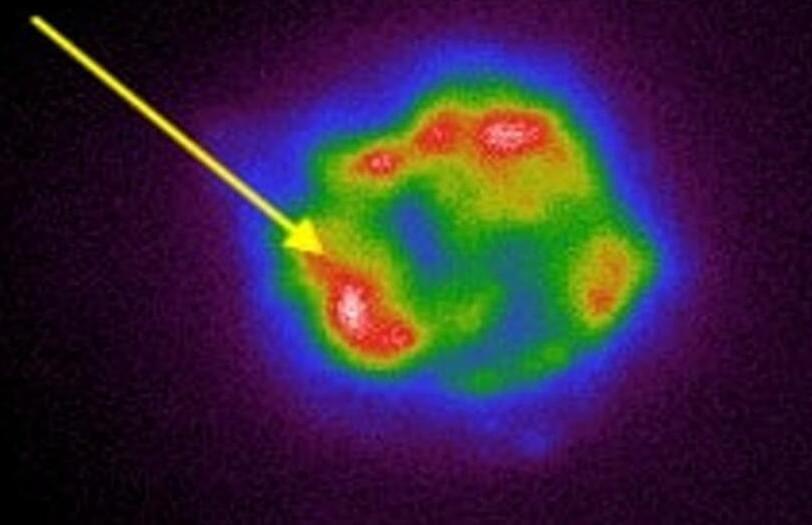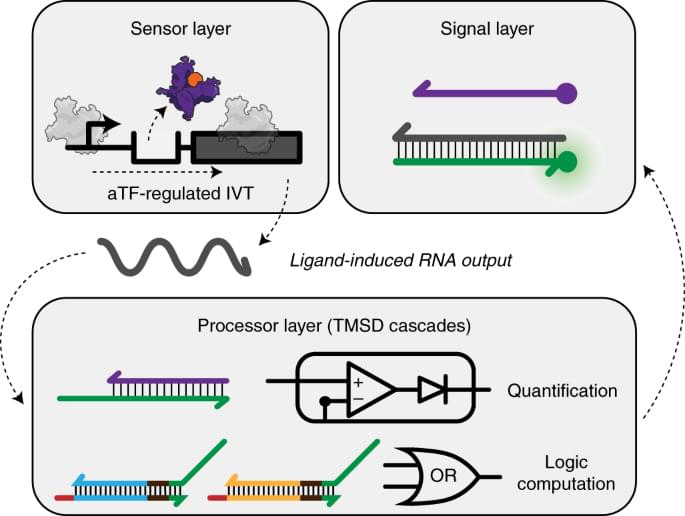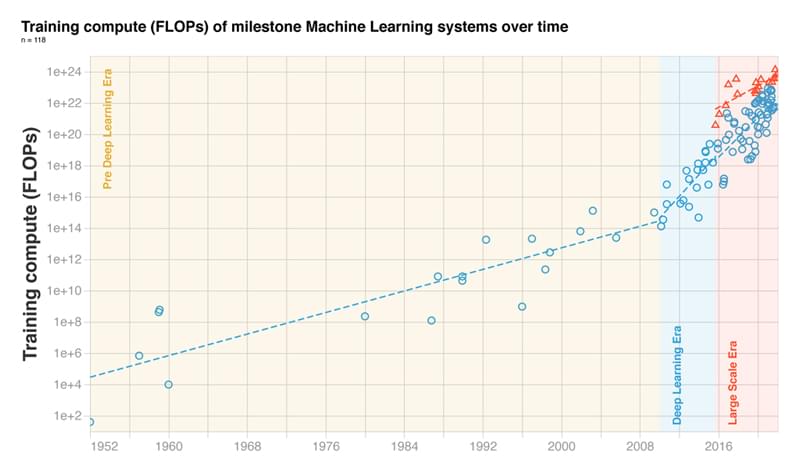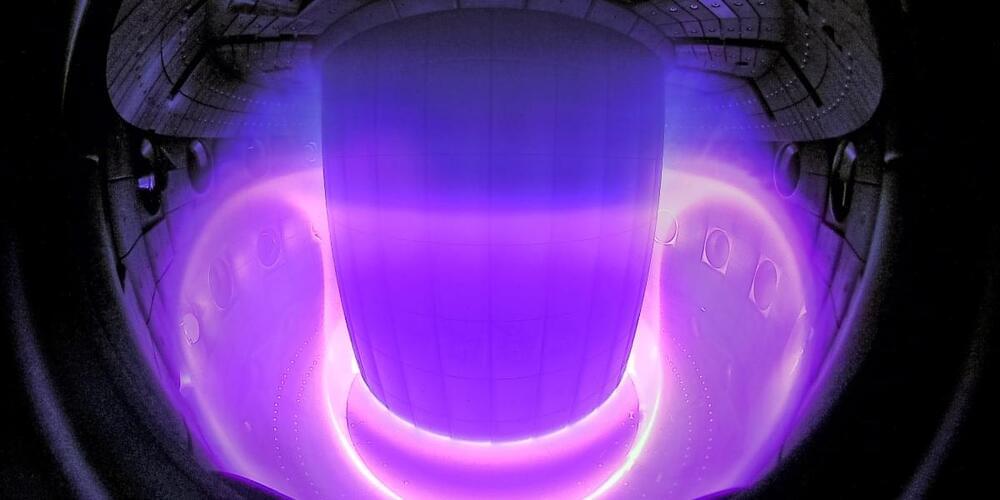Stunning.
For its first science image, the NASA IXPE observatory zoomed in on the remains of a star that exploded in the 17th century, revealing the intensity of X-Ray light coming from the blast.



SpaceX readies Starship.
Tesla needs a major change.
Elon Musk generally is in some hot water.
Tesla is met with allegations of workplace discrimination, SpaceX prepares itself for a 2022 Starship launch, Elon Musk generally is in some hot water.
After its successful launch last Dec. 9, 2021, the Imaging X-Ray Polarimetry Explorer (IXPE) of the National Aeronatics and Space Administration (NASA) finally shared its first captured photo from space.
Specifically, the subject of the photo is the Cassiopeia A.
The IXPE is tasked with studying around 40 space objects during its first year.

AI may be “slightly conscious”
The Chief Scientist and Co-Founder of OpenAI, one of the leading research labs for artificial intelligence, has suggested that the latest generation of neural networks are large enough to be “slightly conscious”.
Ilya Sutskever has made several major contributions to the field of deep learning. This includes beta testing of GPT-3 prior to its release. In a 2020 paper, he and his team concluded that the language model, featuring 175 billion parameters, “can generate samples of news articles which human evaluators have difficulty distinguishing from articles written by humans.”
Thank you to Wren for supporting PBS. To learn more, go to https://wren.co/start/spacetime.
PBS Member Stations rely on viewers like you. To support your local station, go to: http://to.pbs.org/DonateSPACE
Sign Up on Patreon to get access to the Space Time Discord!
https://www.patreon.com/pbsspacetime.
Objective Collapse Theories offer a explanation of quantum mechanics that is at once brand new and based in classical mechanics. In the world of quantum mechanics, it’s no big deal for particles to be in multiple different states at the same time, or to teleport between locations, or to influence each other faster than light. But somehow, none of this strangeness makes its way to the familiar scale of human beings — even though our world is made entirely of quantum-weird building blocks. The explanations of this transition range from the mystical influence of the conscious mind to the grandiose proposition of multiple realities. But Objective Collapse Theories feels as down to earth as the classical world that we’re trying to explain. Let’s see if it makes any sense.
Check out the Space Time Merch Store.
https://www.pbsspacetime.com/shop.
Sign up for the mailing list to get episode notifications and hear special announcements!
A revolutionary pacemaker that re-establishes the heart’s naturally irregular beat is set to be trialed in New Zealand heart patients this year, following successful animal trials.
“Currently, all pacemakers pace the heart metronomically, which means a very steady, even pace. But when you record heart rate in a healthy individual, you see it is constantly on the move,” says Professor Julian Paton, a lead researcher and director of Manaaki Manawa, the Centre for Heart Research at the University of Auckland.
Manaaki Manawa has led the research and the results have just been published in the leading journal Basic Research in Cardiology.
A team of researchers from Japan’s RIKEN Guardian Robot Project has created an android child called Nikola capable of successfully displaying six basic emotions: happiness, sadness, fear, anger, surprise, and disgust.
While the android child is definitely not at the Ex Machina level, the project, led by Wataru Sato from RIKEN, is significant since it’s the first time the quality of these six android-expressed emotions has been examined and validated.
How does it work?
The humanoid robot is equipped with 29 pneumatic actuators that control the movements of artificial muscles within its face. It also uses six extra actuators to move its head and eyeballs, making it even more life-like.
